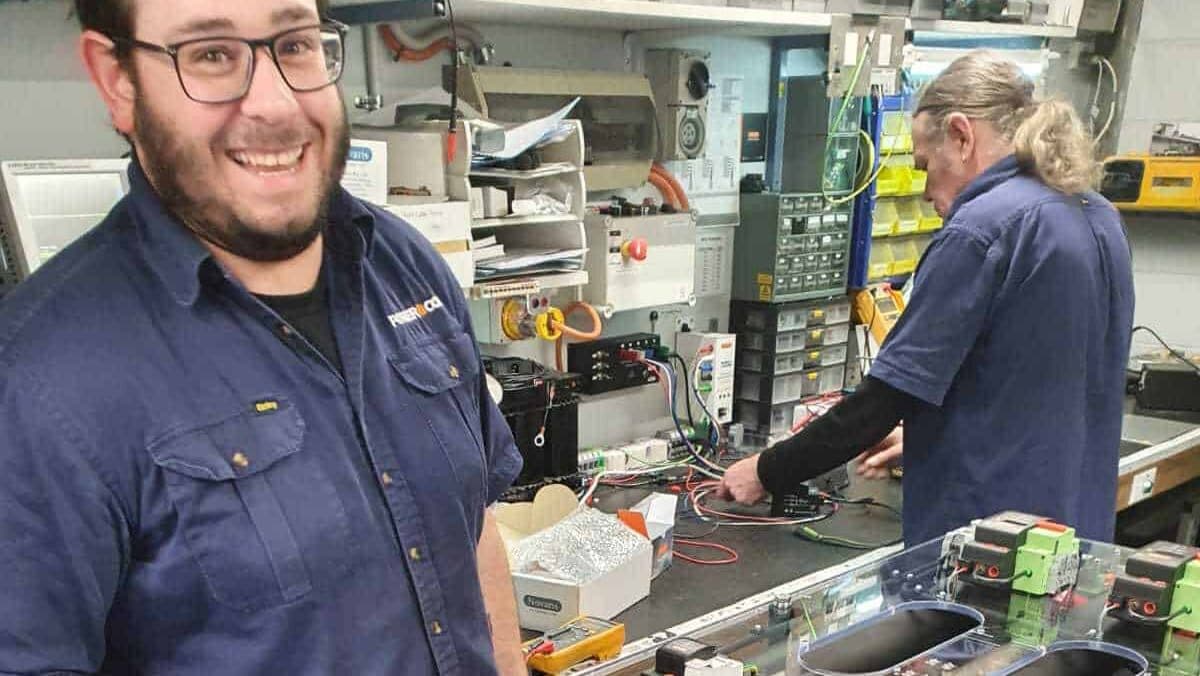Credit reporting bureau CreditorWatch points to the manufacturing industry as one of the sectors with a consistently low likelihood of default, making now an advantageous time for Australia to capitalise on the growing need for domestic manufacturing capacity.
In the face of continued economic upheaval, CreditorWatch has discovered that developing the potential to produce items domestically is one of Australia’s most promising options. Local product demand is expected to skyrocket in the near future.
The Australian Government’s recent announcement of its Modern Manufacturing Strategy provides a solid foundation for making this a reality. While there are many items where the cost-benefit analysis indicates that offshore production makes sense, there are others, particularly in growing markets such as clean energy and food sustainability, where building local capability makes sense.
The whitepaper ‘How the manufacturing industry can strengthen the Australian economy’ explores Clean energy, food manufacturing and pharmaceutical & medical manufacturing as clear emerging areas where this opportunity presents itself.
“One of the clear opportunities for Australia’s manufacturing industry is to develop the capacity to manufacture products locally where demand is current and only set to rise,” the report says.
“While there are plenty of products where the cost-benefit calculation means offshore manufacturing makes sense, there are other products, particularly in emerging spaces like clean energy and food sustainability, where it makes sense to develop local capacity.”
The report adds that the manufacturing sector is less vulnerable to a major decrease in trade due to the continued decline in consumer mood because it is a low-risk sector dominated by larger operators, meaning demand for goods and services swings much less.
Modern Manufacturing Strategy
The Modern Manufacturing Strategy is a cross-government initiative designed to help Australian manufacturing scale up and become more competitive and resilient, hence producing jobs for current and future generations.
The Strategy is the Australian Government’s action plan to boost manufacturing to provide positive economic outcomes and job creation. The Strategy is designed for and by industry. Government and industry collaborate to implement radical changes that will result in strong, resilient, thriving, and globally competitive manufacturing enterprises.
The goal for the next two years is to develop a business environment that will support manufacturing jobs and stimulate new investment. Within the next five years, promote a more industry-focused science and technology system that boosts productivity, scale, and competitiveness, and locks in productive and competitive enterprises with high-impact sectoral growth within the next ten years. Another significant project is the $1.3 billion Modern Manufacturing Initiative, which will assist manufacturing enterprises in changing, growing, commercialising their innovations, and integrating into regional and global value chains.
Australia will be assisted by the $107.2 million Supply Chain Resilience Initiative to close identified supply chain weaknesses. Additionally, $52.8 million was allocated in round two of the Manufacturing Modernization Fund to take prompt action to spur company investment in shovel-ready projects.
More on the initiative here.
CreditorWatch CEO, Patrick Coghlan, says: “The Australian economy, like most economies around the world, has undergone upheaval during each stage of the COVID-19 pandemic. The war in Ukraine and local floods have only exacerbated this upheaval.
All these events have been extremely disruptive to the economy, with lockdowns, breakages in supply chains, a lack of labour, dramatic shifts in consumer demand, rising energy costs and rising inflation all making conditions very complicated for businesses to operate in.
“However, with disruption comes opportunity, and one of the clear opportunities this presents is for Australia to manufacture products locally where demand is current and only set to rise.”
According to CreditorWatch Chief Economist Anneke Thomson, the recent turbulence in domestic energy markets as Australia grappled with an abnormally cold start to winter shows the need for a significant increase in sustainable energy creation. This must be done onshore, necessitating a significant amount of manufacturing know-how and capacity.
“Likewise, food manufacturing is a hedge against future global economic downturns. If bought onshore, this has the potential to grow the industry’s value-added capacity from its current $61 billion to over $200 billion by 2030. This would equate to the creation of an additional 300,000 jobs.”
Link to the whitepaper: ‘How the manufacturing industry can strengthen the Australian economy’
Keep up to date with our stories on LinkedIn, Twitter, Facebook and Instagram.

